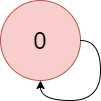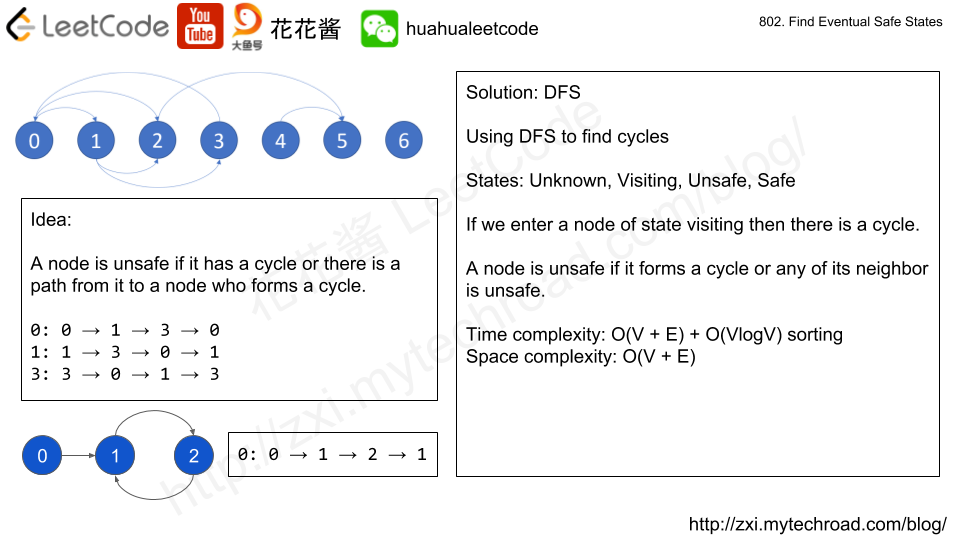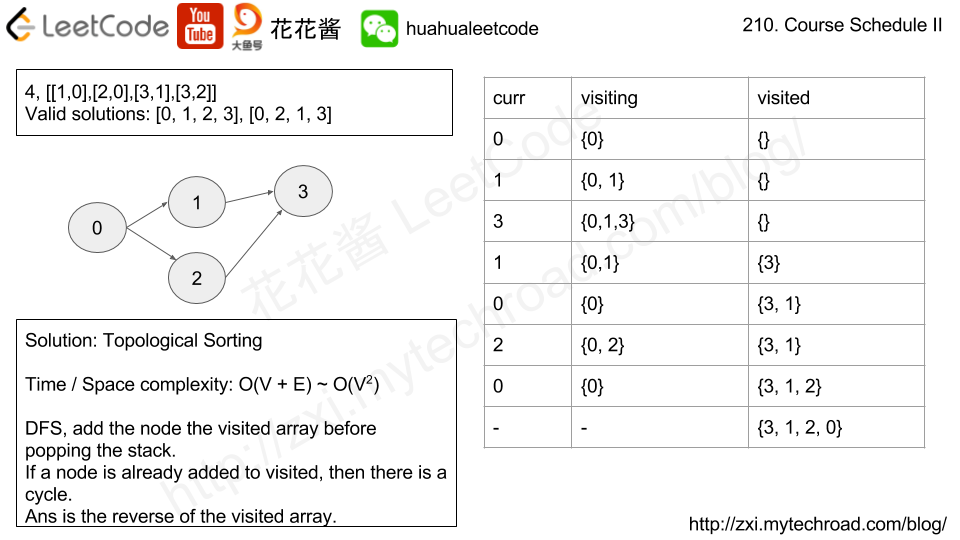You are given an integer n, which indicates that there are n courses labeled from 1 to n. You are also given a 2D integer array relations where relations[j] = [prevCoursej, nextCoursej] denotes that course prevCoursej has to be completed before course nextCoursej (prerequisite relationship). Furthermore, you are given a 0-indexed integer array time where time[i] denotes how many months it takes to complete the (i+1)th course.
You must find the minimum number of months needed to complete all the courses following these rules:
- You may start taking a course at any time if the prerequisites are met.
- Any number of courses can be taken at the same time.
Return the minimum number of months needed to complete all the courses.
Note: The test cases are generated such that it is possible to complete every course (i.e., the graph is a directed acyclic graph).
Example 1:
Input: n = 3, relations = [[1,3],[2,3]], time = [3,2,5] Output: 8 Explanation: The figure above represents the given graph and the time required to complete each course. We start course 1 and course 2 simultaneously at month 0. Course 1 takes 3 months and course 2 takes 2 months to complete respectively. Thus, the earliest time we can start course 3 is at month 3, and the total time required is 3 + 5 = 8 months.
Example 2:
Input: n = 5, relations = [[1,5],[2,5],[3,5],[3,4],[4,5]], time = [1,2,3,4,5] Output: 12 Explanation: The figure above represents the given graph and the time required to complete each course. You can start courses 1, 2, and 3 at month 0. You can complete them after 1, 2, and 3 months respectively. Course 4 can be taken only after course 3 is completed, i.e., after 3 months. It is completed after 3 + 4 = 7 months. Course 5 can be taken only after courses 1, 2, 3, and 4 have been completed, i.e., after max(1,2,3,7) = 7 months. Thus, the minimum time needed to complete all the courses is 7 + 5 = 12 months.
Constraints:
1 <= n <= 5 * 1040 <= relations.length <= min(n * (n - 1) / 2, 5 * 104)relations[j].length == 21 <= prevCoursej, nextCoursej <= nprevCoursej != nextCoursej- All the pairs
[prevCoursej, nextCoursej]are unique. time.length == n1 <= time[i] <= 104- The given graph is a directed acyclic graph.
Solution: Topological Sorting
Time complexity: O(V+E)
Space complexity: O(V+E)
C++
|
1 2 3 4 5 6 7 8 9 10 11 12 13 14 15 16 17 18 19 20 21 |
// Author: Huahua class Solution { public: int minimumTime(int n, vector<vector<int>>& relations, vector<int>& time) { vector<vector<int>> g(n); for (const auto& r: relations) g[r[0] - 1].push_back(r[1] - 1); vector<int> t(n, -1); function<int(int)> dfs = [&](int u) { if (t[u] != -1) return t[u]; t[u] = 0; for (int v : g[u]) t[u] = max(t[u], dfs(v)); return t[u] += time[u]; }; int ans = 0; for (int i = 0; i < n; ++i) ans = max(ans, dfs(i)); return ans; } }; |
Python3
|
1 2 3 4 5 6 7 8 |
class Solution: def minimumTime(self, n: int, relations: List[List[int]], time: List[int]) -> int: g = [[] for _ in range(n)] for u, v in relations: g[u - 1].append(v - 1) @cache def dfs(u: int) -> int: return max([dfs(v) for v in g[u]] + [0]) + time[u] return max(dfs(u) for u in range(n)) |






